The coronavirus (COVID-19) spread is one of the biggest challenges businesses have faced since the 2008 recession.
Bloomberg estimates that the pandemic will cost the global economy $2.7 trillion. It’s easy to see why: as the world goes into lockdown, stores are shutting everywhere and consumer demand is plummeting.
As a marketing agency, you may see drops in organic traffic, engagement levels, conversion rates, and other fundamental metrics for your clients. This is as tough for you as it is for them: no agency wants to give their client bad news and bad news only.
Don’t lose hope yet. There is a way to navigate poor metrics with realistic advice to help your clients get through these hard times. In this guide, we’ll share seven tips to improve client communication and strengthen business relationships during challenging times.
Table of Contents
1. Manage your client’s expectations
Your clients’ baseline will have changed owing to COVID-19’s impact on the world. Identifying their new baseline allows you to set attainable goals. With realistic targets for your clients, you can still demonstrate your value as you meet them through new strategies.
Offering your clients a clear understanding of what to expect in terms of results helps you avoid disappointment and confusion further down the line. For example, explain how it’s realistic to expect customer behavior will change or that in-person events will be canceled.
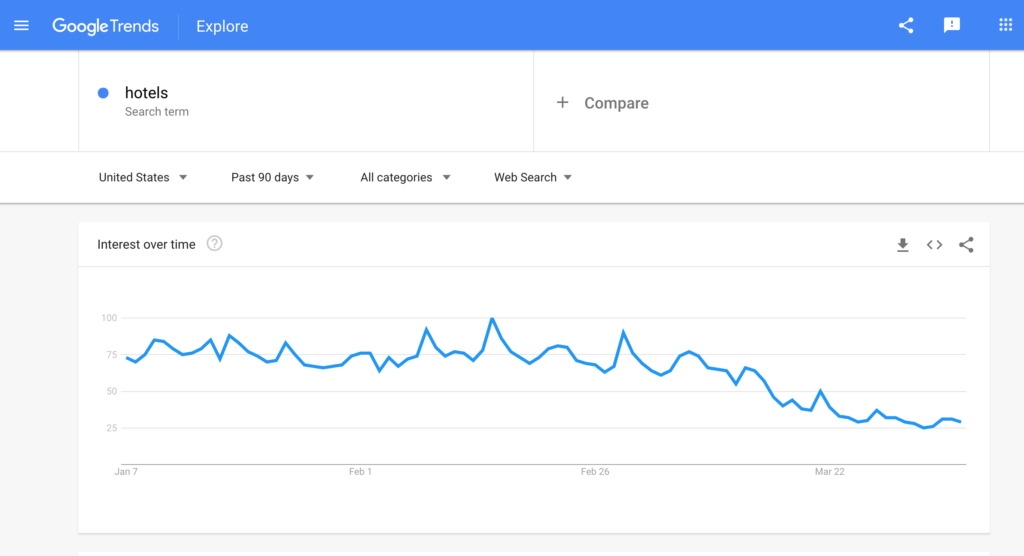
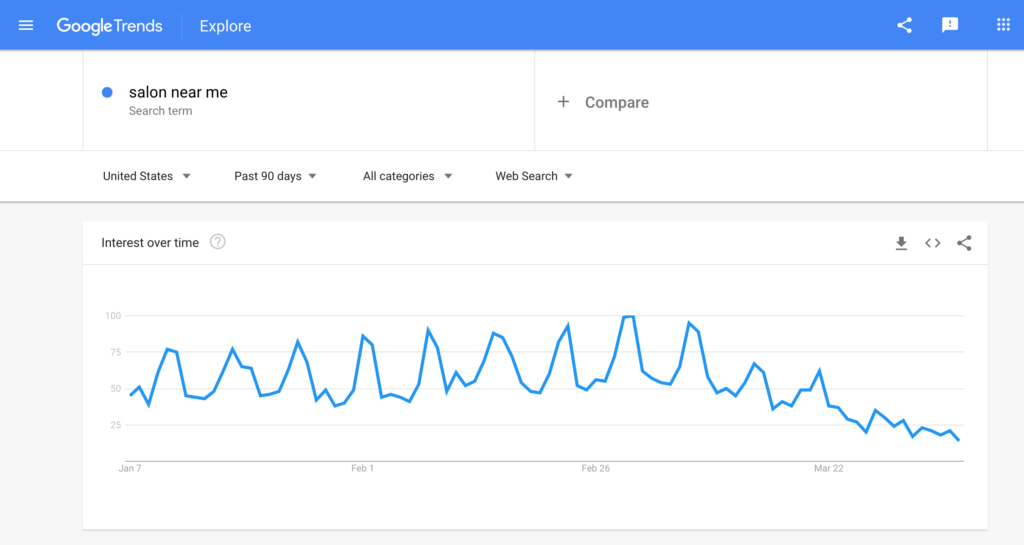
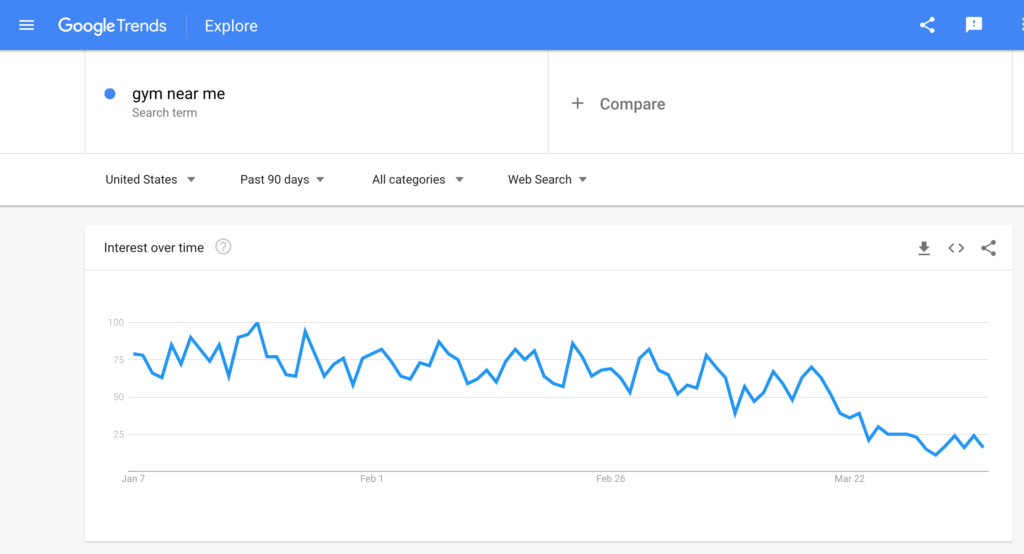
Examples of Google trends that highlight how people’s search habits have changed since the beginning of the pandemic.
With this understanding, you and your clients can work together to adapt to these changes, helping you both come out of this crisis on top.
Consider showing examples of how other companies are handling these changes for guidance. For instance, Estee Lauder encouraged its customers to stay positive, sending out a message using the hashtag “We Can Win This Fight” on Weibo alongside celebrity video messages. The post has been viewed more than 61 million times and has generated 328,000 discussions, demonstrating the power of positivity in the face of COVID-19.
2. Be 100% transparent
First and foremost, be transparent about your clients’ metrics. You don’t have to apologize for poor results since it’s out of your control. But it is your duty as a business to be honest – and doing so will only reinforce your position as a brand they can trust.
Also, it might make you feel better in the short-term, but try not to give them false promises about their metrics. Nobody really knows when we’re going to come out of this crisis, with experts saying it could last for 18 months.
Saying that, it doesn’t have to all be negative. Rather than just reporting the metrics and saying “Sorry, it’s the coronavirus”, take a more proactive approach by opening the discussion for where the company can make improvements.
Zendesk makes a key point about sharing updates on your business’ processes that may affect your clients:
“Share as much as you can, to the extent that it can be helpful in setting expectations for your customers. They don’t need to know which version of some third-party tool you use to build your software, but it can help them to know that you’re working on reverting a build, or that you’re having problems with a server that’s impacting connectivity with a particular segment of customers.”
This level of transparency helps you build and maintain trust which can help with retention during challenging times.
3. Demonstrate results with regular reports
To show your ongoing processes and value, send regular weekly or bi-weekly reports to clients. By keeping them in the loop, clients can see exactly how you’re supporting them, enabling transparency and helping you build trust.
Cyfe, an all-in-one business dashboard, can help you build customized dashboards that bring your numbers to life through sleek visuals such as graphs and charts. It lets you easily identify which sources and reports will showcase key insights and metrics to tell you clients a compelling story – all of which is easily accessed and shareable.
What’s more, using Cyfe you can send reports automatically through email, ensuring you never forget a weekly or bi-weekly update for your clients.
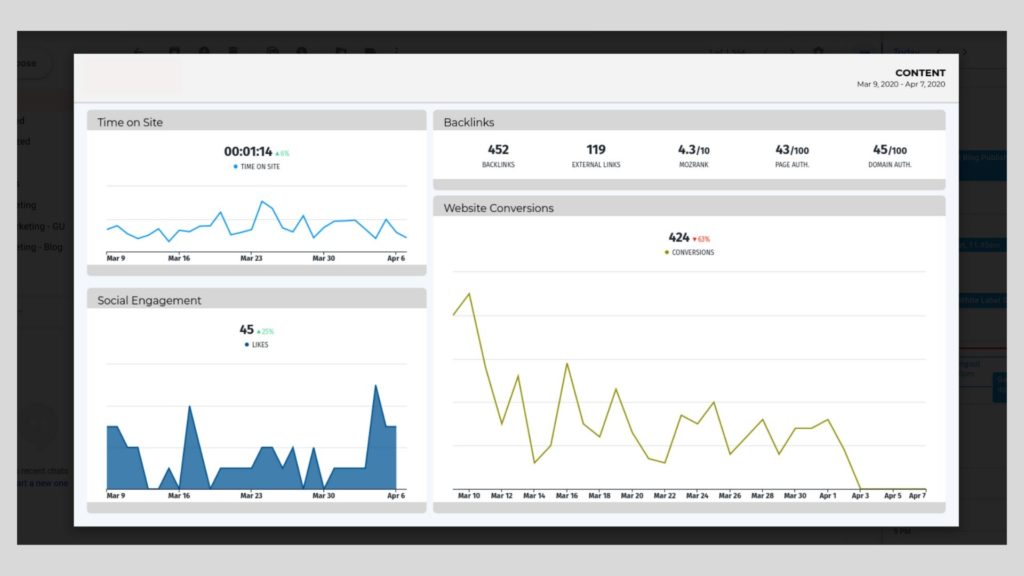
An example of a Cyfe email report with the choice of either a jpg, png, pdf, or csv file of the metrics.
4. Speak more with your clients
COVID-19 means we can’t conduct in-person meetings with our clients. Rather than abandoning good communication because of this new restriction, you need to maintain open communication by phone or video call.
Relying on emails and emails only to go over reports and process improvements won’t suffice. To maintain that all-important human connection, you need to be able to hear each other’s voice.
Proactive communication is a key component of managing client relationships during a crisis. As Ted Waldron and James Wetherbe point out in their article, Ensure That Your Customer Relationships Outlast Coronavirus, for Harvard Business Review:
“Tell them about all changes to your operation, including new hours, facility closures, staff reductions, customer service availability, and ordering options, among others. While you can reference the emergency government regulations that necessitated these changes, it’s far better if you are viewed as being proactive and motivated by your customers’ best interests.”
To send out the right message, you need to be in control of the narrative from day one. This isn’t just good practice for dealing with COVID-19. You need a solid communication plan for all potential crises, from data breaches to mergers.
5. Adjust your feedback approach
As you go over weekly reports, take a close look at what’s working and what’s making your efforts successful. Was it better targeting? A specific topic? A new channel?
Share this information with your clients to help them optimize their strategy, from their messaging to the products and services they sell. Plus, any lessons you can communicate will help them evolve and continuously set new goals that lead to growth in spite of COVID-19.
6. Visualize important KPIs
Visualizing data to make it easy to comprehend saves your clients precious time and energy. They don’t have to sift through long numeric lists and complicated KPIs to but the story together. This ultimately removes a lot of stress for your clients, which is vital during this worrying and difficult time.
Using Cyfe, you can present data in a lot of clear ways, including:
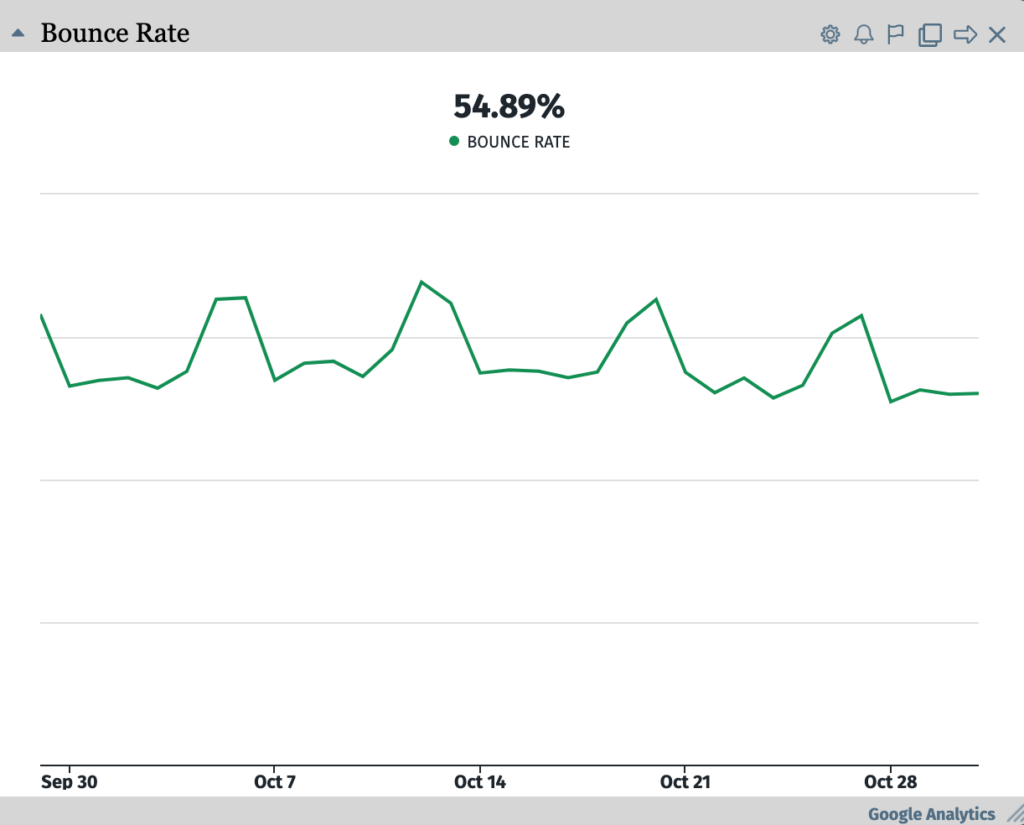
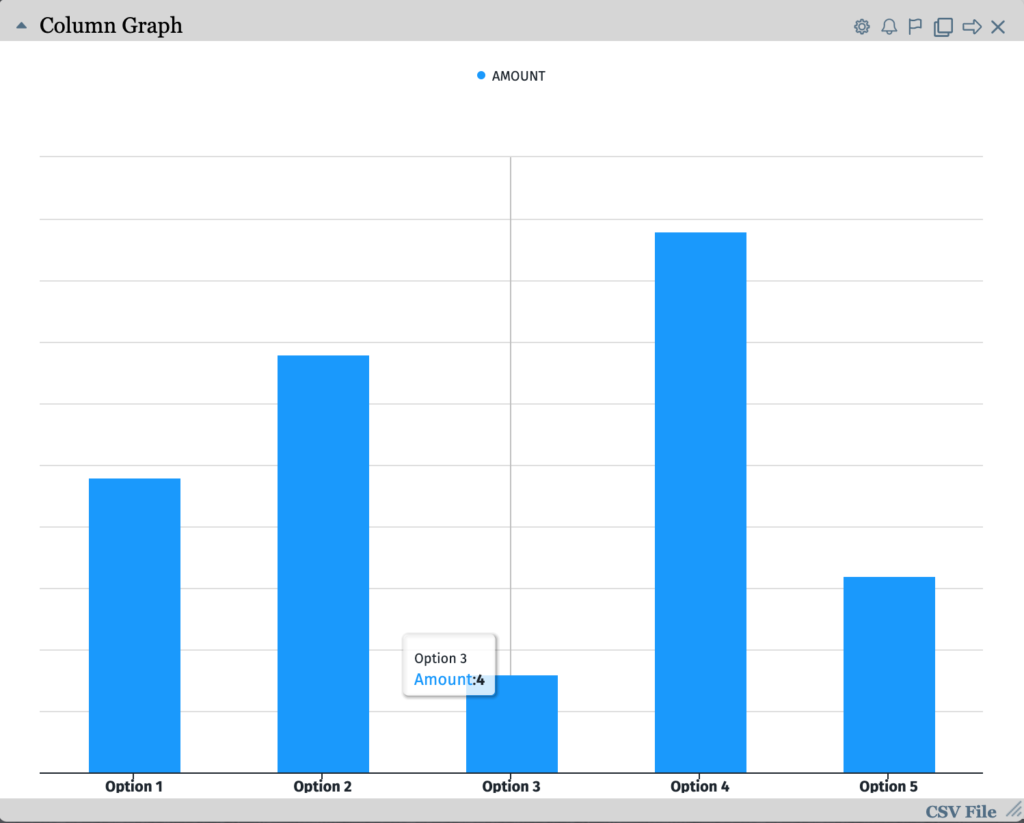
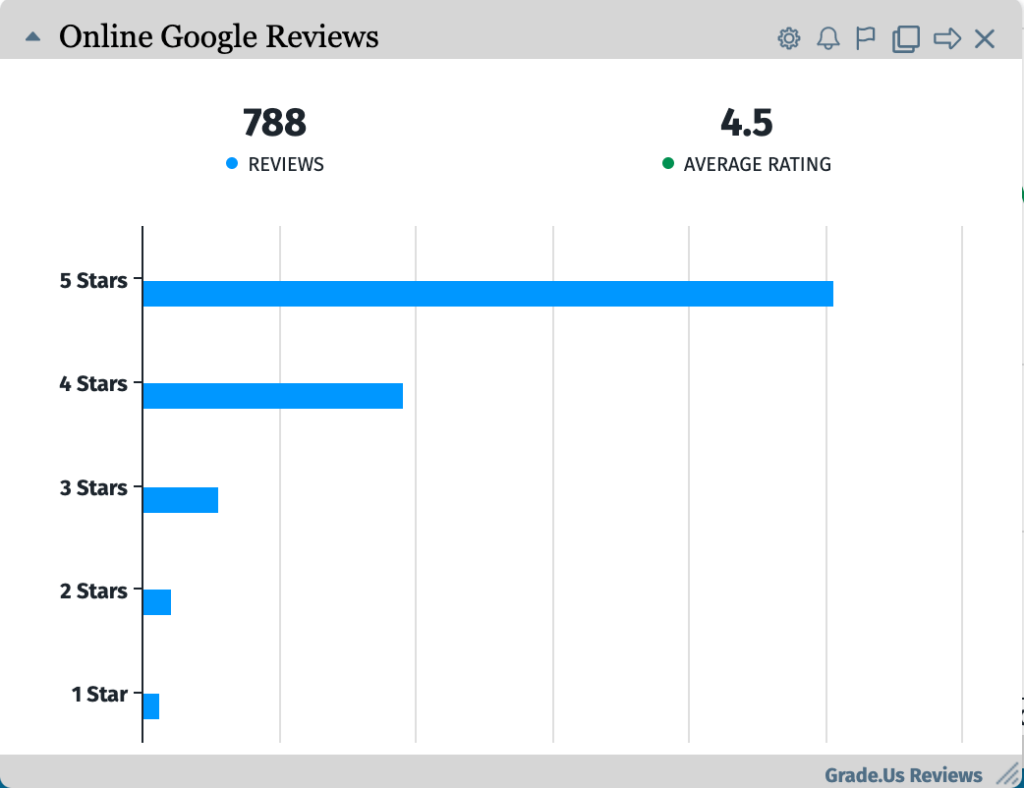
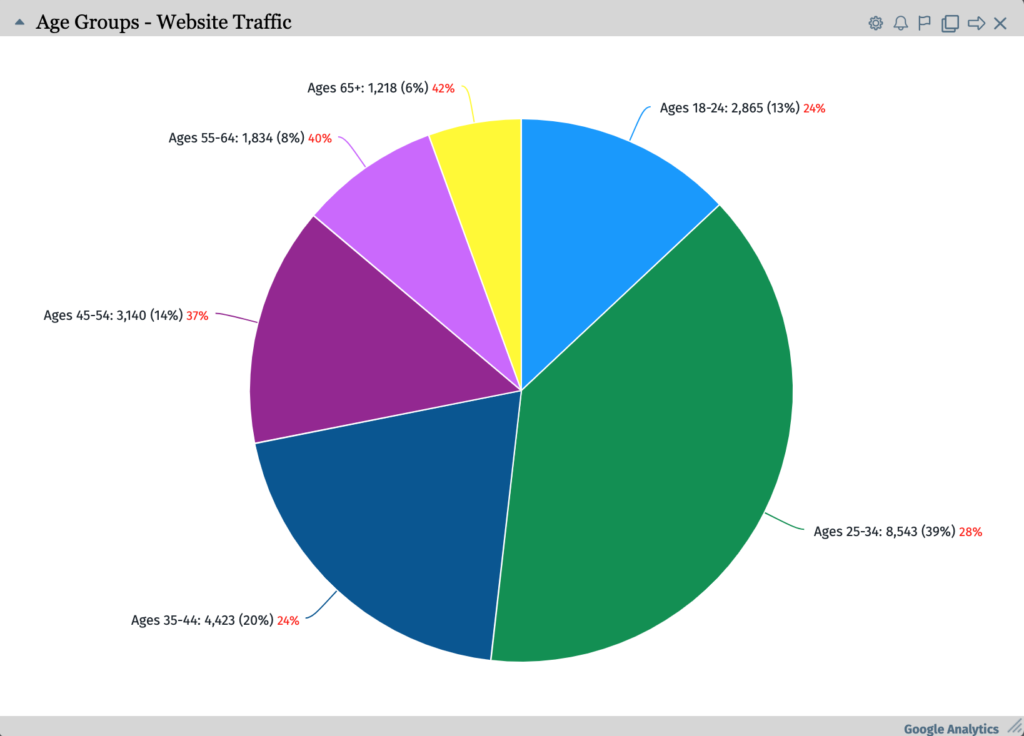
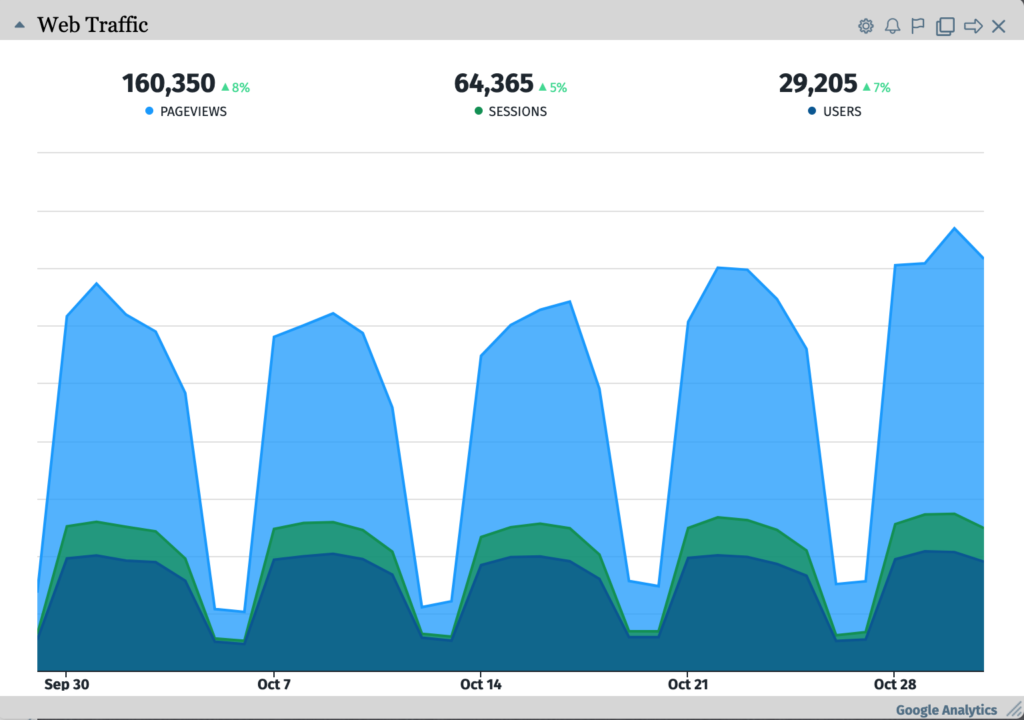
- Line charts – to compare data over time to view trends
- Column charts – to include multiple values on the X and Y axis for comparison
- Bar charts – to compare many items or categories
- Pie charts – to display proportional data
- Area charts – to display absolute or relative values over a specific time period
You can present different types of visualized metrics on one dashboard, making it super easier to get a full picture.
7. Offer fresh ideas on effective marketing campaigns
Demonstrate your value by helping your clients understand what will make successful marketing campaigns during COVID-19. Here are some ideas to get you started:
- Shift marketing efforts online: for your clients who have physical stores, explain how they can build a presence online where consumers are spending more time. For example, they could launch an online pop-up store and implement Live Chat to support customers and share promotions.
For example, The Dream Workshop, pivoted to an online platform after being shut down in Costa Rica after the first confirmed case. Notice how they use Live Chat right when a website visitor lands on their page, asking “How can we make your dreams a reality today?”

- Adapt your messaging: like Estee Lauder, emphasizing a community spirit through positivity and connectivity is a great way to keep a brand image upbeat and consistent during this highly uncertain time.
- Deliver relevant and helpful content: broadcast new messaging through uplifting content that encourages people to stay positive and strong. Ask clients to think about topics that tackle the challenges of working from home to help people feel more connected and productive.
Take Shopify for example. Once COVID began to impact it’s clients, they created an entire content hub of different ways to manage business during these times.
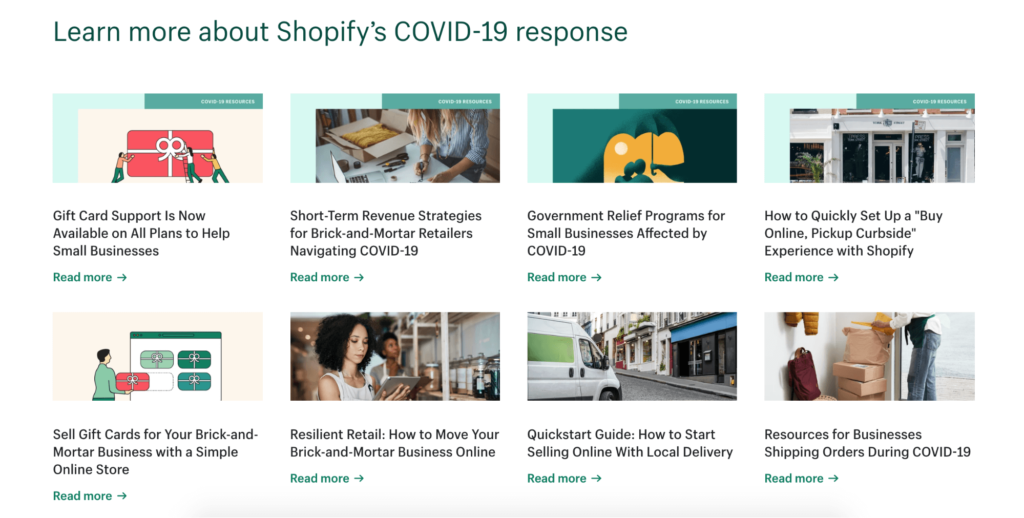
- Take events and workshops online: show your clients they don’t have to cancel their offline events. Instead, they can create a new plan for broadcasting their events online. This also opens up the opportunity to attract attendees who wouldn’t normally be able to make the event due to their physical location.
ManyChat, a chatbot software company, started moving their workshops onto Zoom to help their clients get through the coronavirus spread.
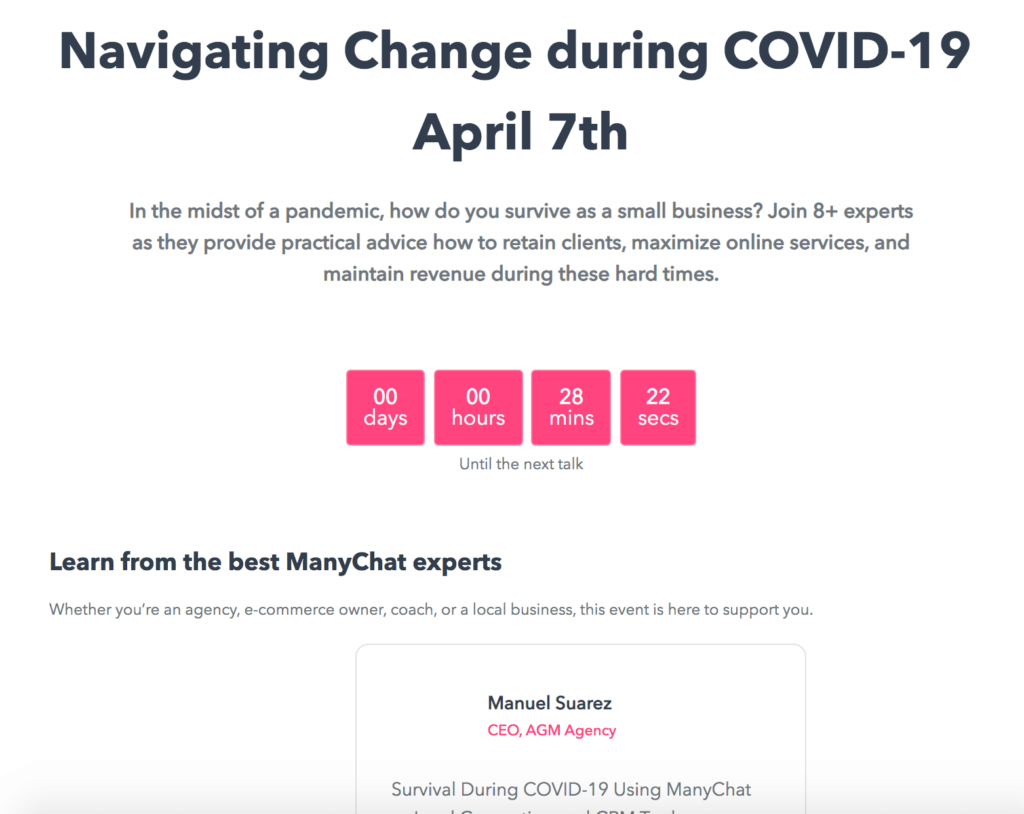

Managing your business relationships during COVID-19
As marketers and business owners manage the impact of the coronavirus spread, they are coming up with different ways to maintain clients and stakeholder relationships. Armed with these seven ways to communicate metrics above, you can keep everyone calm and content, and maintain a positive cash flow to keep your business moving.
Got recommendations for managing client communications during the coronavirus spread? Leave a comment below to share with the community.



